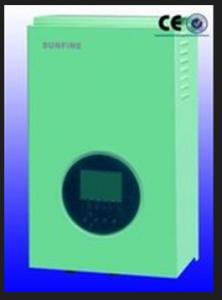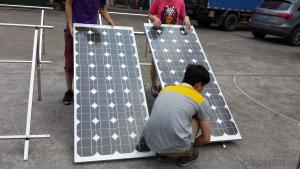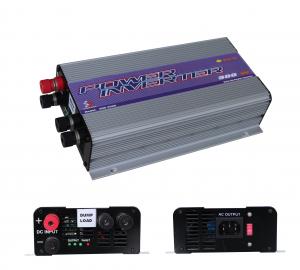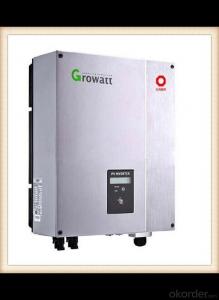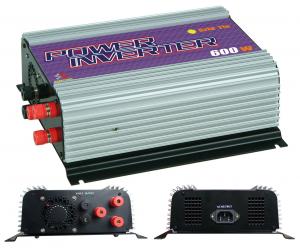Solar Hybrid Grid Tie Inverter
Solar Hybrid Grid Tie Inverter Related Searches
Led Light Bulbs For Ceiling Fixtures Led Lamps For Ceiling 42 In Ceiling Fan With Light Parts For Light Fixtures Light Projector For Christmas Grill With Led Light Bar Hanging Lights For Kitchen Bar Ceiling Lights For Sitting Room Ceiling Brackets For Lights Ceiling With Led LightsHot Searches
Aluminium Wire Mesh Manufacturers India Ceiling Fan Lowest Price Aluminium Scaffold Planks Sale Aluminium Walkway Mesh Prices Aluminum Bar Stock For Sale High Mast Light Price List Solar High Mast Light Specification High Mast Light Specification 6061 Aluminum Bar Stock Price Aluminum Bar Stock Price Stage Light Price Solar Inverter Fault Light Led Light Manufacturers Aluminum Round Bar Stock Sizes Aluminum Round Bar Stock Near Me Ceiling Fan Lowest Price Aluminum Flat Bar Stock Near Me Aluminum Bar Stock Sizes Aluminum Bar Stock Suppliers Aluminum Bar Stock Near MeSolar Hybrid Grid Tie Inverter Supplier & Manufacturer from China
Okorder.com is a professional Solar Hybrid Grid Tie Inverter supplier & manufacturer, offers integrated one-stop services including real-time quoting and online cargo tracking. We are funded by CNBM Group, a Fortune 500 enterprise and the largest Solar Hybrid Grid Tie Inverter firm in China.Hot Products
FAQ
- The role of a solar inverter in preventing electrical faults is to convert the direct current (DC) electricity generated by solar panels into alternating current (AC) electricity that can be used in homes and businesses. In doing so, the inverter helps maintain a stable and consistent flow of electricity, which reduces the risk of electrical faults such as short circuits, overloads, or voltage fluctuations. It also includes various protection mechanisms, such as ground fault detection and interruption, to ensure the safety and reliability of the solar power system.
- Yes, a solar inverter can be used with a generator as a backup power source. The solar inverter can be connected to the generator's power output, allowing it to convert the generator's AC power into usable DC power for the solar panels. This enables the solar panels to continue generating electricity even when there is no sunlight, providing a reliable backup power supply.
- The role of a power quality analyzer in a solar inverter is to measure and analyze various parameters of the electric power being generated by the solar panels. It helps in monitoring the quality of the power, such as voltage levels, frequency, harmonics, and power factor, to ensure that it meets the required standards and is suitable for efficient operation of the solar inverter. By providing detailed information on the power quality, the analyzer helps in identifying any issues or anomalies in the power output and allows for necessary corrective actions to be taken, thereby optimizing the performance and reliability of the solar inverter system.
- Yes, a solar inverter can be used in conjunction with a power factor correction device. Power factor correction devices are designed to improve the power factor of electrical systems by reducing reactive power and improving overall efficiency. Since solar inverters convert DC power from solar panels into AC power for use in electrical systems, they can benefit from the use of power factor correction devices to optimize power quality and reduce energy waste. By combining a solar inverter with a power factor correction device, both the generation and consumption of electricity can be more efficient and environmentally friendly.
- Yes, a solar inverter can be used with a grid-tied system and a battery backup. In such a setup, the solar inverter will convert the DC power generated by the solar panels into AC power for use in the home or to feed back into the grid. The grid-tied system allows excess solar power to be sold back to the grid, while the battery backup system stores excess power for use during times of low solar generation or power outages.
- Yes, a solar inverter can be used with a solar-powered pool heating system. The solar inverter is responsible for converting the direct current (DC) generated by the solar panels into alternating current (AC) that can be used to power various devices, including pool heating systems.
- When choosing the right solar inverter for your system, there are a few key factors to consider. Firstly, you need to determine the size and capacity of your solar panel system. This will help you determine the appropriate power rating for the inverter. Additionally, consider the type of inverter you need - string inverters are suitable for larger systems, while microinverters or power optimizers may be more suitable for smaller or shaded systems. It is also important to check the inverter's efficiency, warranty, and compatibility with your solar panels and battery storage, if applicable. Lastly, consider your budget and any specific features you may require, such as monitoring capabilities or grid-tied functionality. Consulting with a professional solar installer can also provide valuable guidance in selecting the right solar inverter for your specific system.
- The maximum operating temperature of a solar inverter can vary depending on the specific model and brand. However, most solar inverters are designed to operate within a temperature range of -20°C to 60°C (-4°F to 140°F). It is important to check the manufacturer's specifications to determine the exact maximum operating temperature for a particular solar inverter.






















